This is the fourth in a series of posts about the Nikon 70-200 mm f/2.8 S lens for Nikon Z cameras. The series starts here.
Yesterday, I showed you the results from an informal comparison of the two lenses using distant foliage as the subject with both lenses set at 200 mm. Now I’ll do the same at 70 mm. Here’s the view with the S lens wide open:
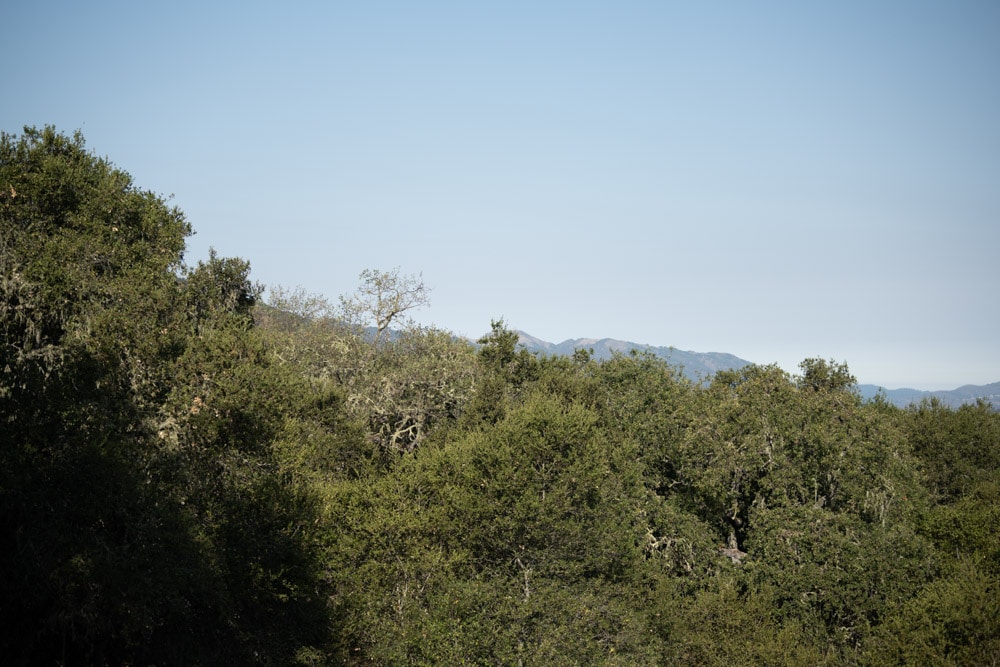
Here’s the test protocol:
- Subject distance: 97 meters
- ISO 64
- Manual exposure, ETTR in live histogram.
- Subject in the center and the upper right corner.
- AF-S pinpoint focusing, so as not to have to deal with the terrible Z7 focus by wire algorithm.
- Three shots at each setting, focusing anew for each shot, picking the best. This method calibrates out focus curvature.
- Developed in Lightroom
- Sharpening set to amount 20, radius 1, detail 0, which is quite a bit less than Lr’s default sharpening.
- Daylight white balance
- Adobe Color Profile
- Minor exposure adjustments, with same adjustment applied to all images from both lenses, so corner darkening is unaffected.
- Chromatic aberration correction turned off.
- Everything else at default settings
We’ll look at some tight crops.
If you’ve seen these here before, just jump to the images. If not, I need to spend some time telling you how to interpret them. They’re at roughly 250% magnification, enlarged to 700 pixels high on export from Lightroom. If you just want a rough idea of the differences, just look at the images as displayed in-line in the posts. However, if you wish to compare these images in detail, you should view these images by clicking on them to see the source files, then set your browser for 100% zooming. Even better, download them and make Photoshop stacks.
No matter what you do, these crops are all going to look horrible. I’m blowing them up so much so that they will represent the original file after JPEG’s discrete cosine transform has had its way with them. If you want to get a good idea of what the images would look like printed, get far away from your monitor. No, farther than that. Put a bunch of the images up on the screen and back up until the best one starts to look good. Then look at the others. There’s another reason why these images won’t look like the best thing the camera/lens combination can deliver. They’re demosaiced with Lightroom. Lightroom is not awful, but for a particular image, there are usually better raw processors. I use Lr because it’s a de facto standard, because I know it well, and because it’s got good tools for dealing with groups of images.
Here’s how to use these highly-magnified crops. The dimensions of the Z7 sensor is 8256×5504 pixels. If we make a full-frame print from the Z7 on a printer with 360 pixels per inch native driver-level resolution, like the Epson inkjet printers, we’ll end up with a 26.4×17.6 inch print. The 317×246 pixel crop you’re looking at will end up 0.8×0.68 inches. Let’s imagine that you or your viewers are critical, and will look at the 27×18 inch print from about 18 inches (conventional wisdom is that the distance would be a little greater than that, or 28 inches (the diagonal), but you did buy a high-resolution camera for a reason, didn’t you?).
The next step is dependent on your monitor pitch, which you may or may not know. Turns out, you don’t have to know it. Just take the 250% crops and view then at 1:1. How high are they? Get out your ruler and measure, or just guess. Let’s say they are 6 inches high. 6 inches is about 7 times 0.8, so in order to view the crops the way they’d look from 18 inches on the print is to view them from 7 times as far away, or 10.5 feet.
Everything here scales proportionately. If the image on your screen is bigger than 6 inches, increase your viewing distance by the ratio of your image height to 6 inches. If you think your viewers are going to almost get their nose to that print and look at it from six inches, divide that 10.5 feet by 3, and look at the image on the monitor from three and a half feet away.
In the center:
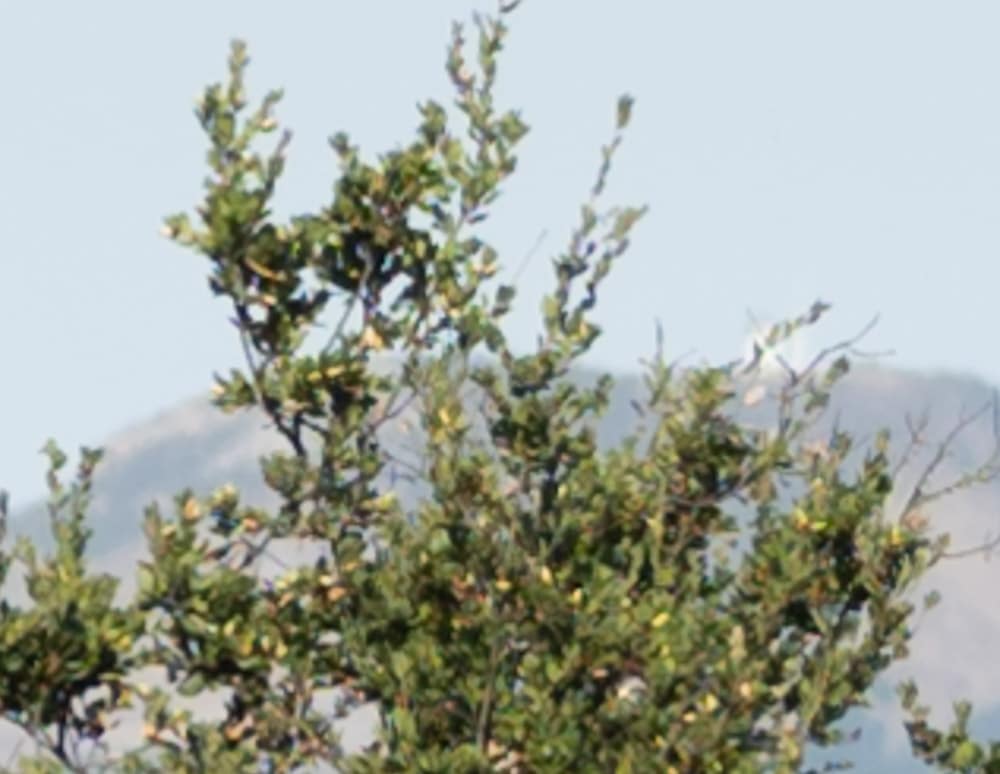
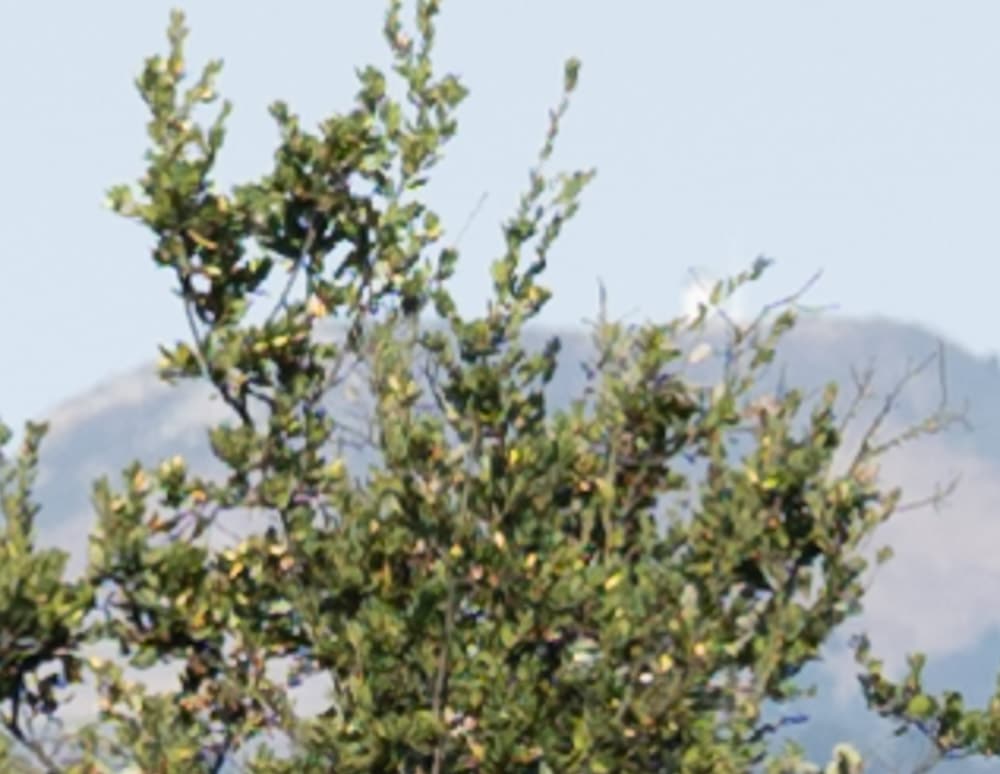
Not much to choose between these. The S lens is a tiny bit sharper.

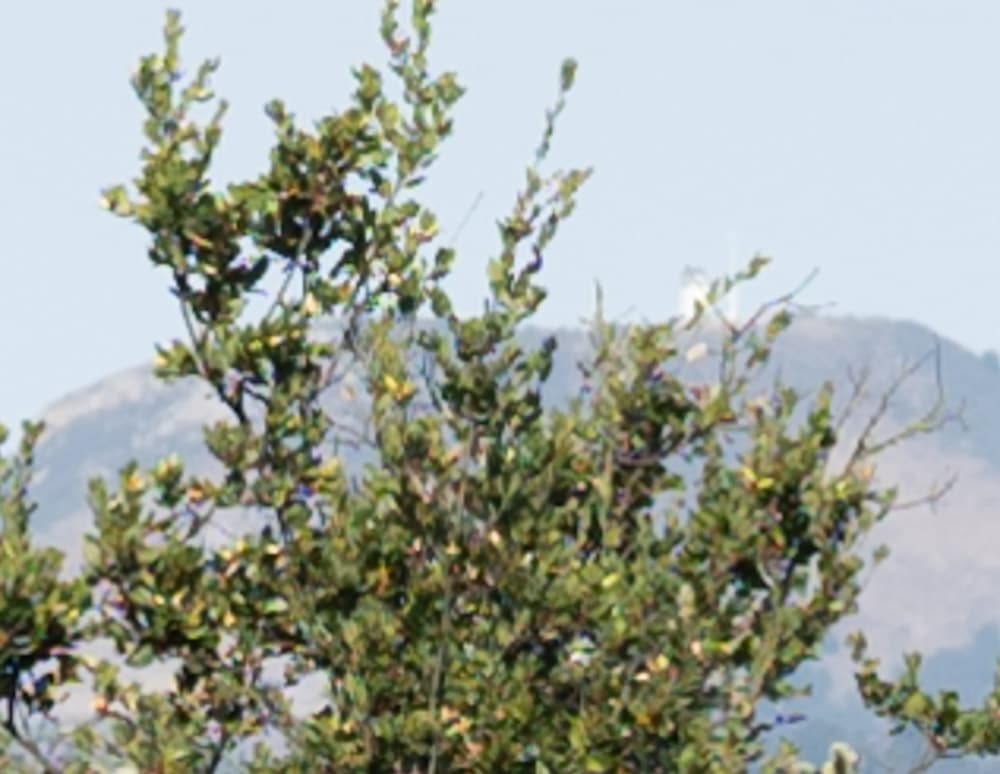
Now the E lens is looking a bit sharper. I think we’re looking at focus differences.
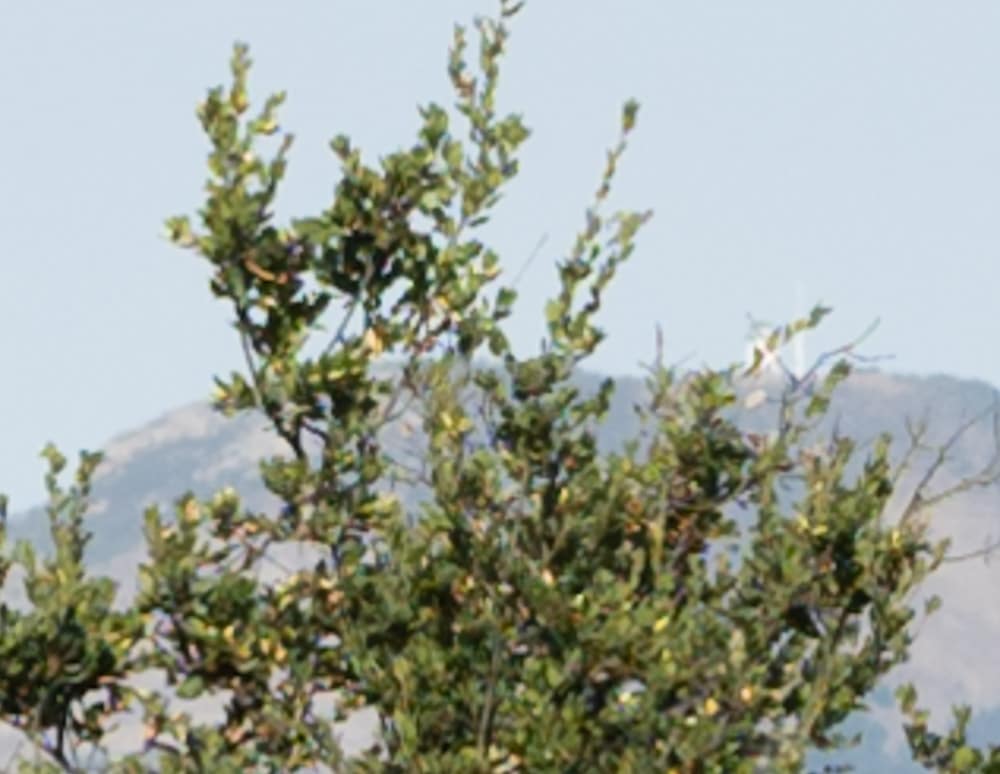

Let’s call it in favor of the E.
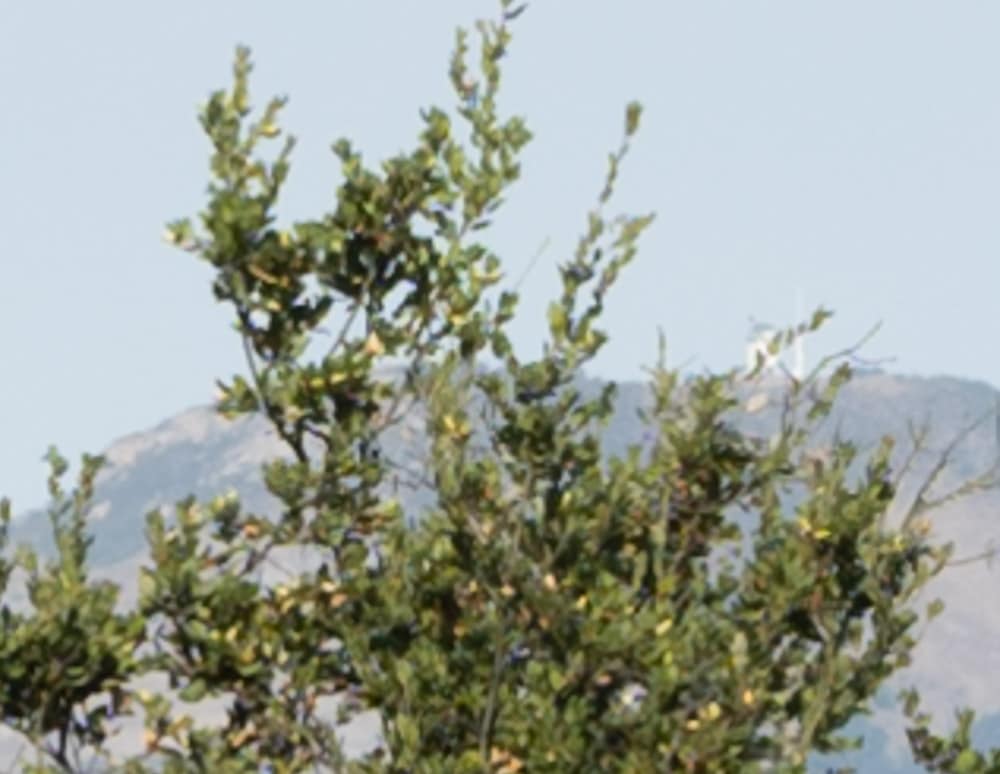
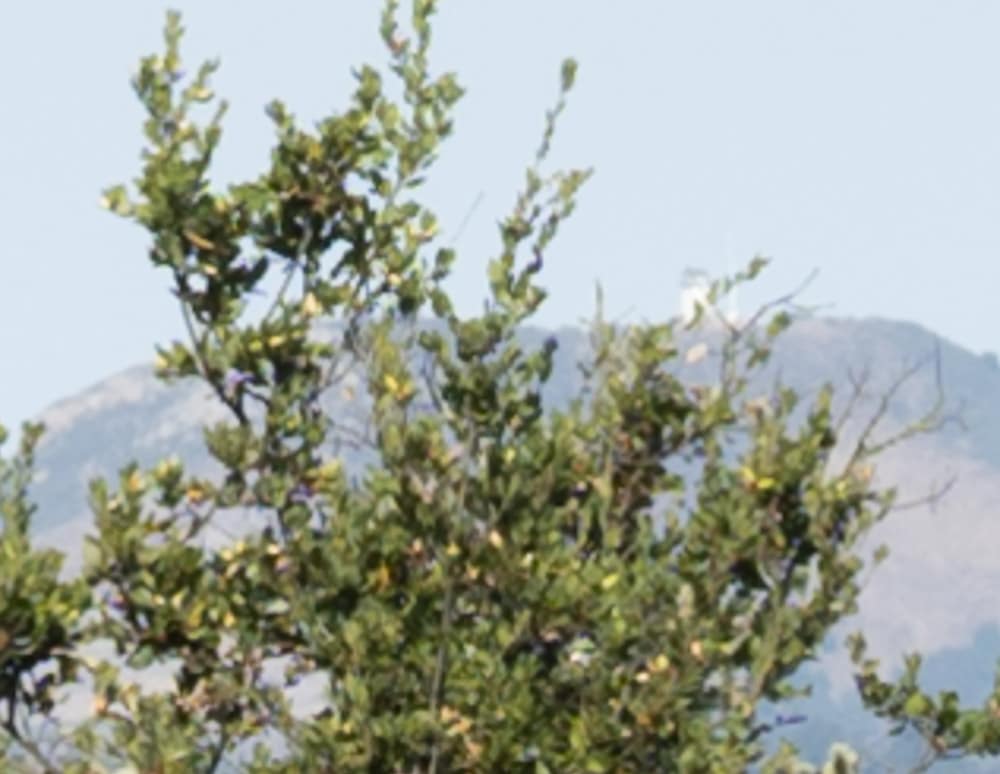
It’s a tie.
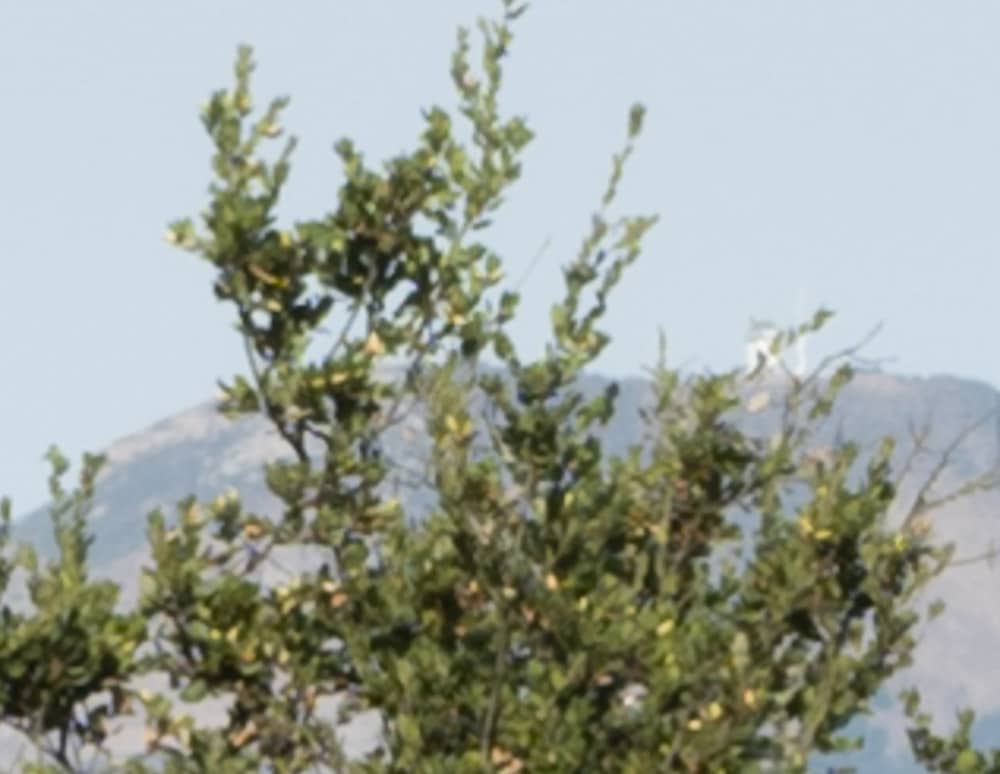
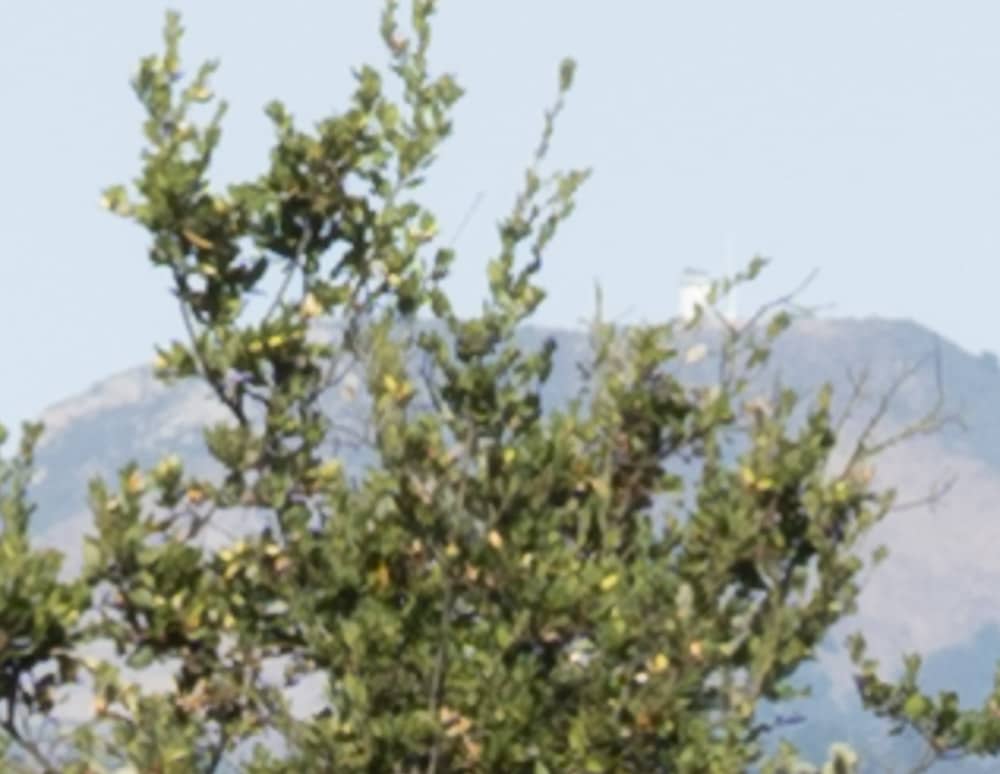
These are softening because of diffraction.
In the corner:
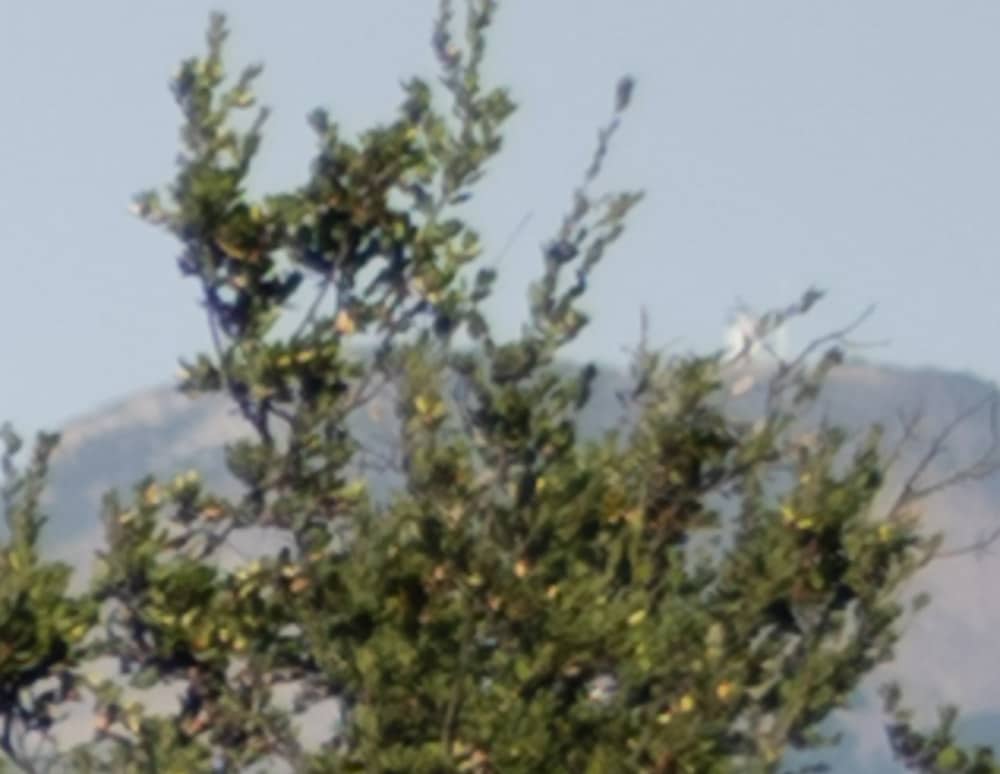
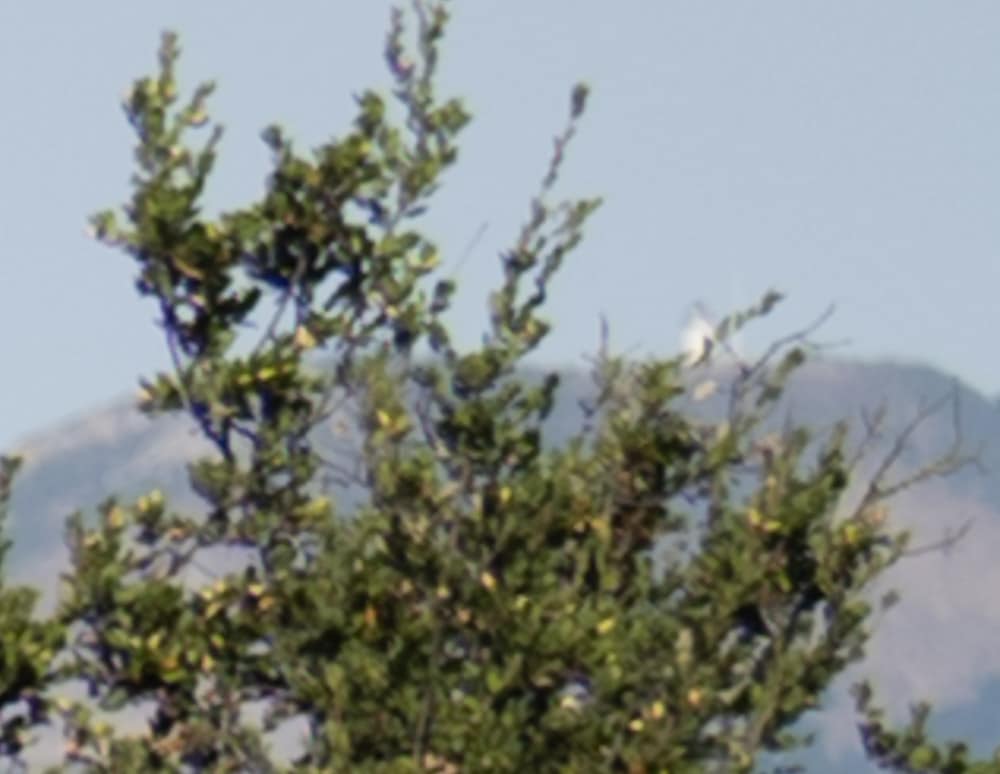
Both lenses have about the same amount of light falloff. They are about equally sharp.
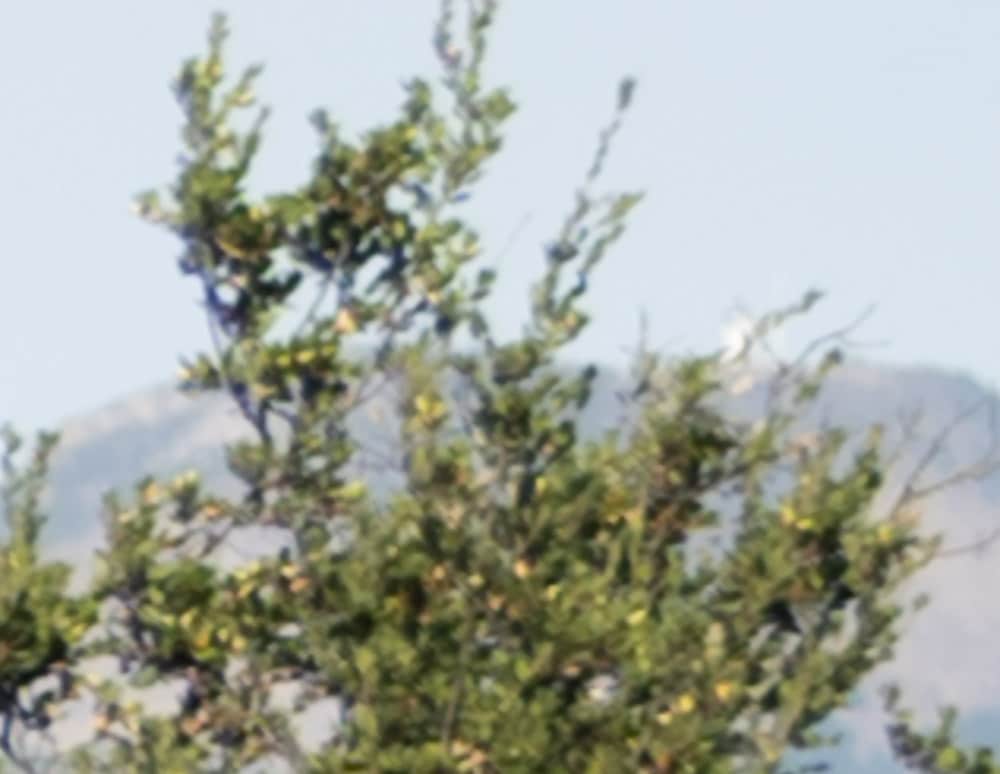
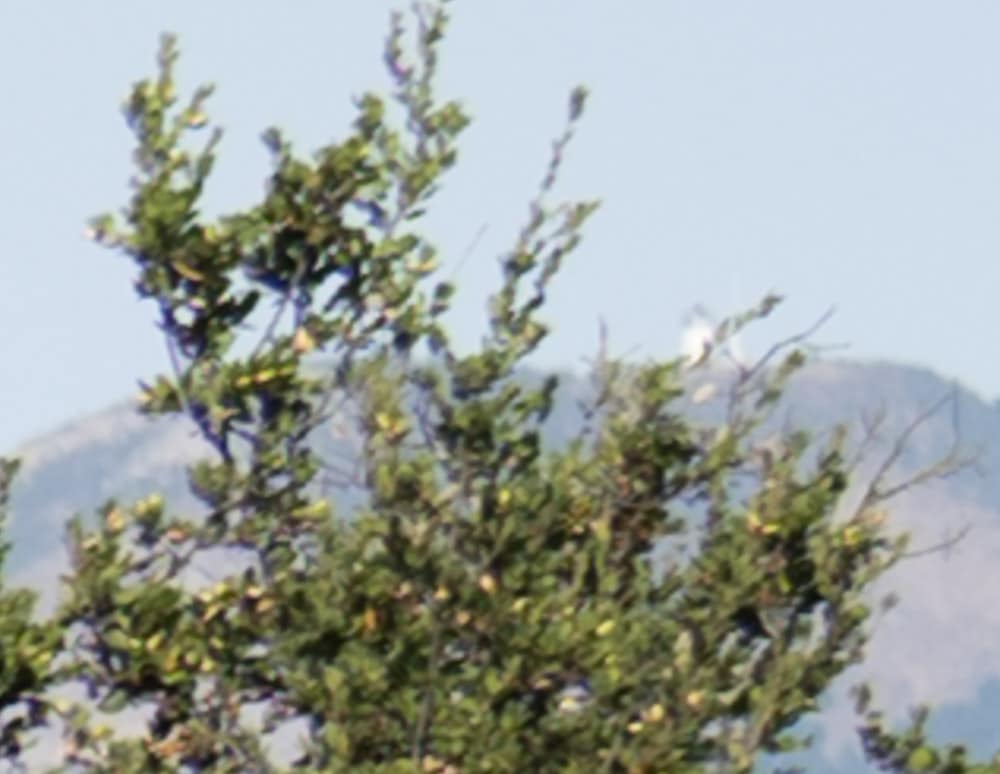
I’d call the E lens sharper.
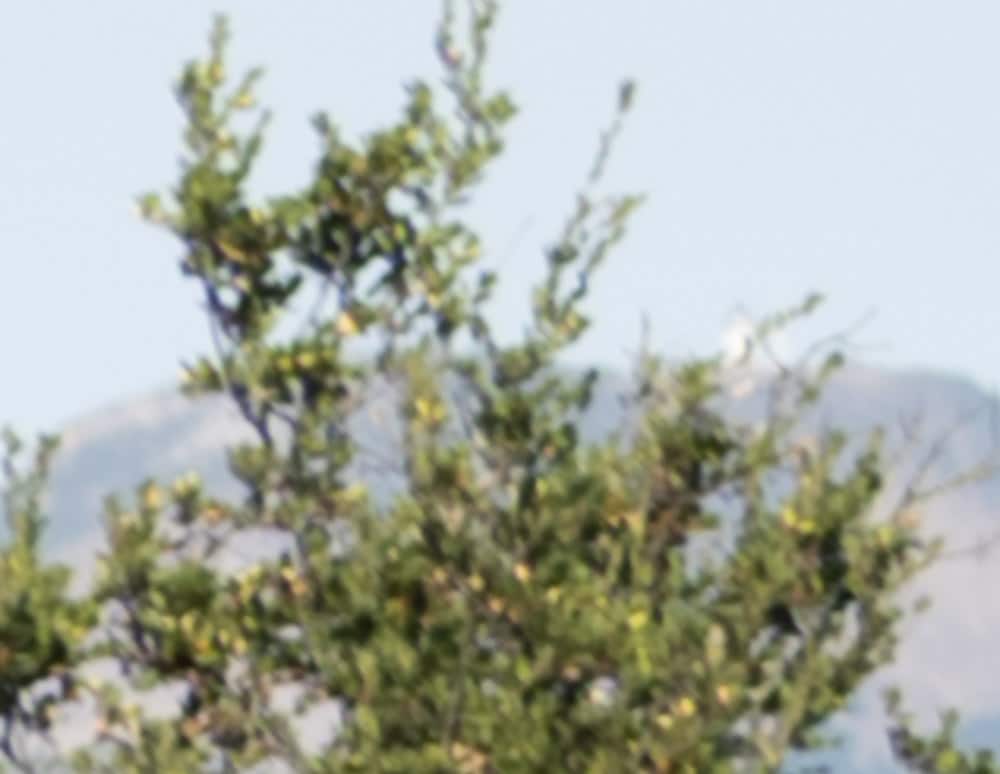
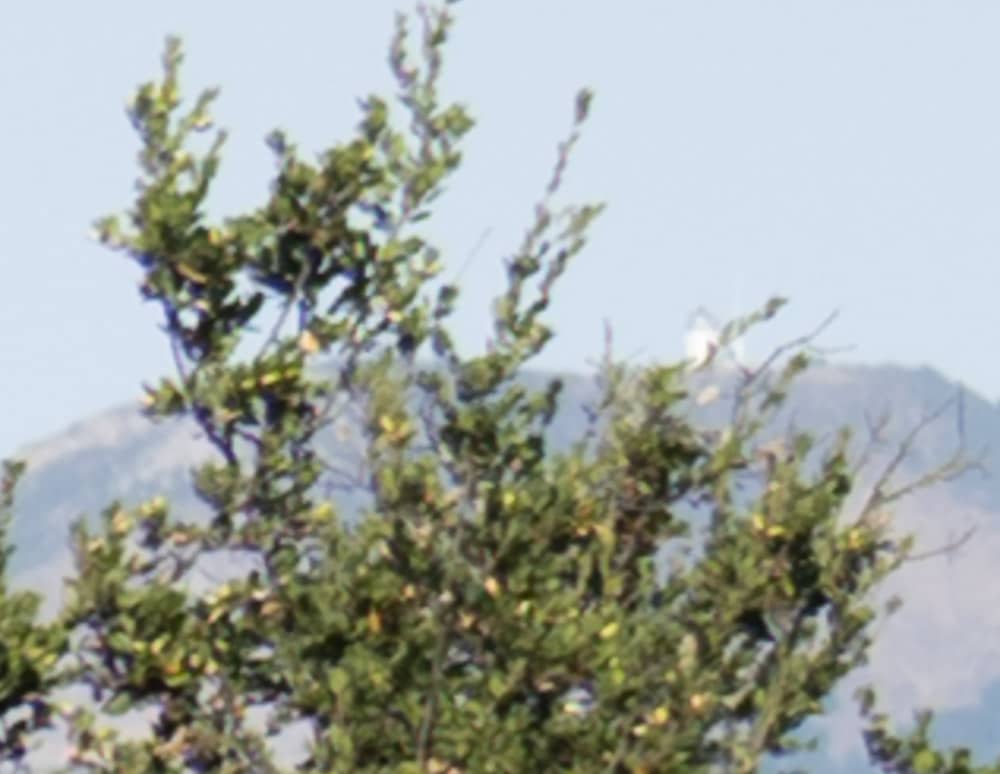
The E lens is sharper.
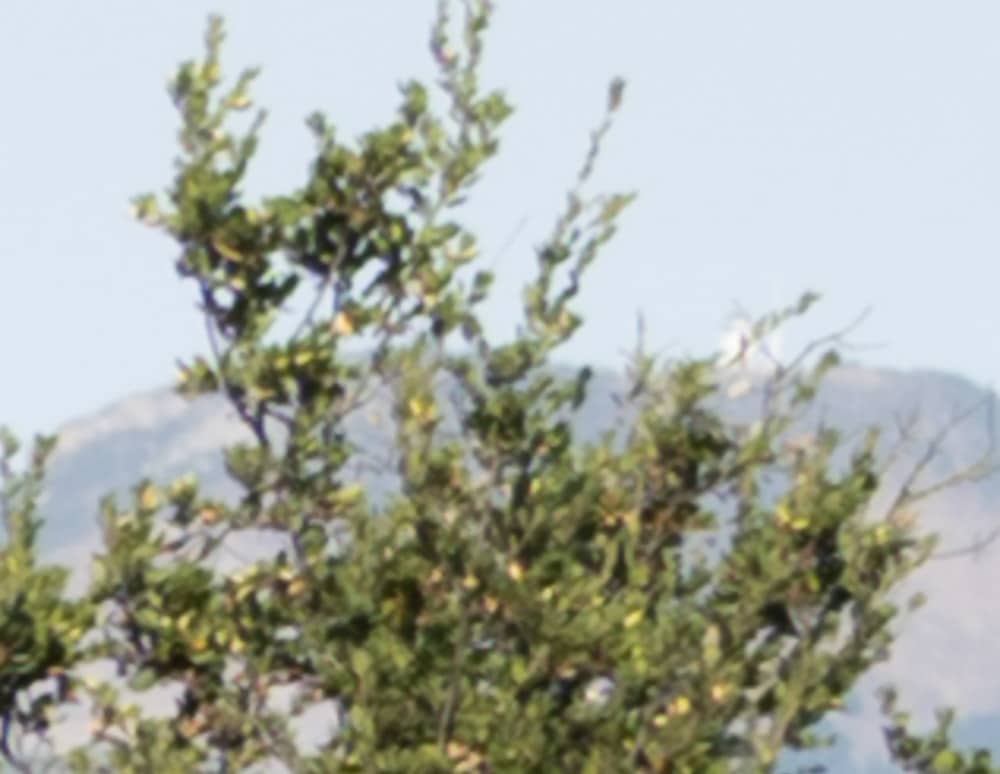
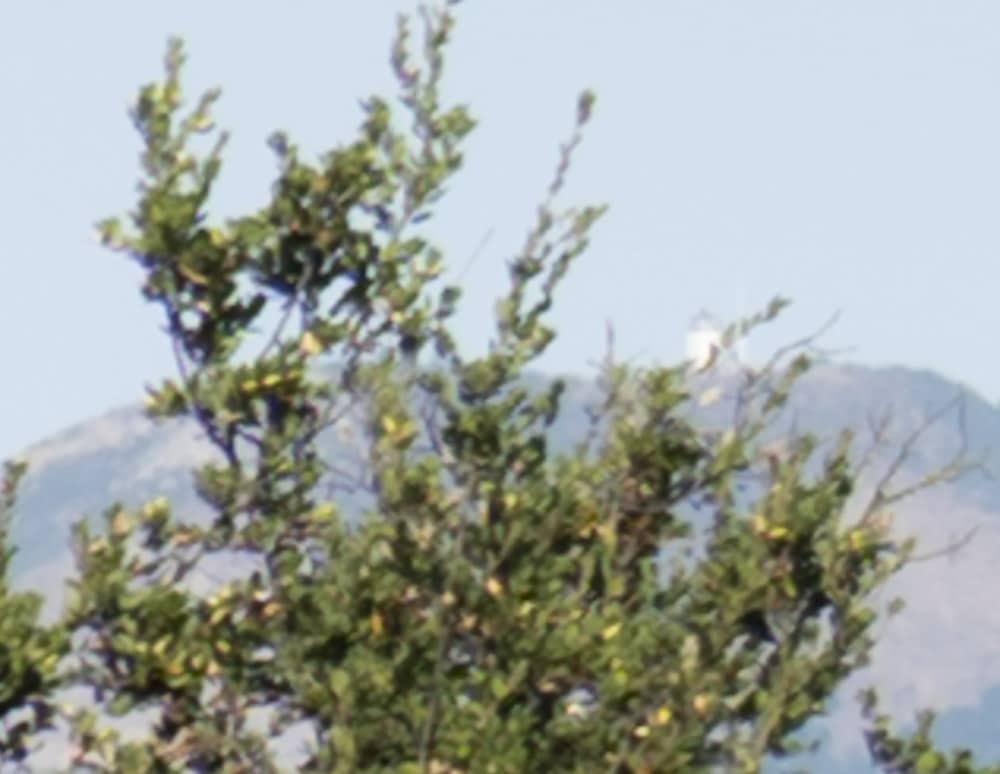
E by a hair.
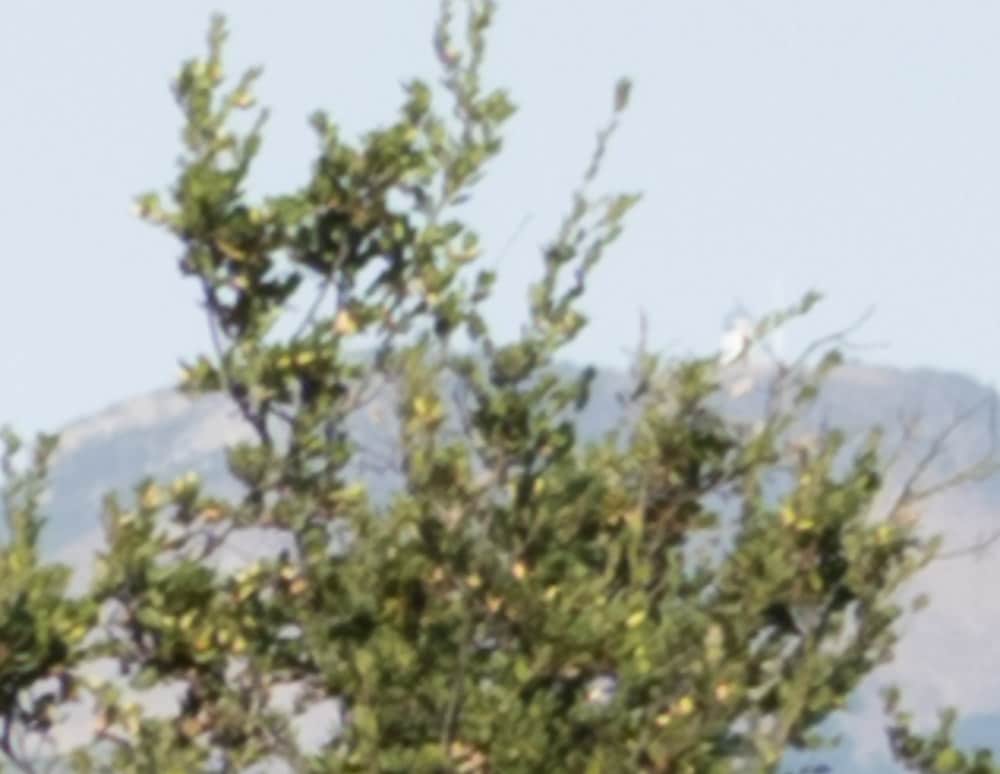
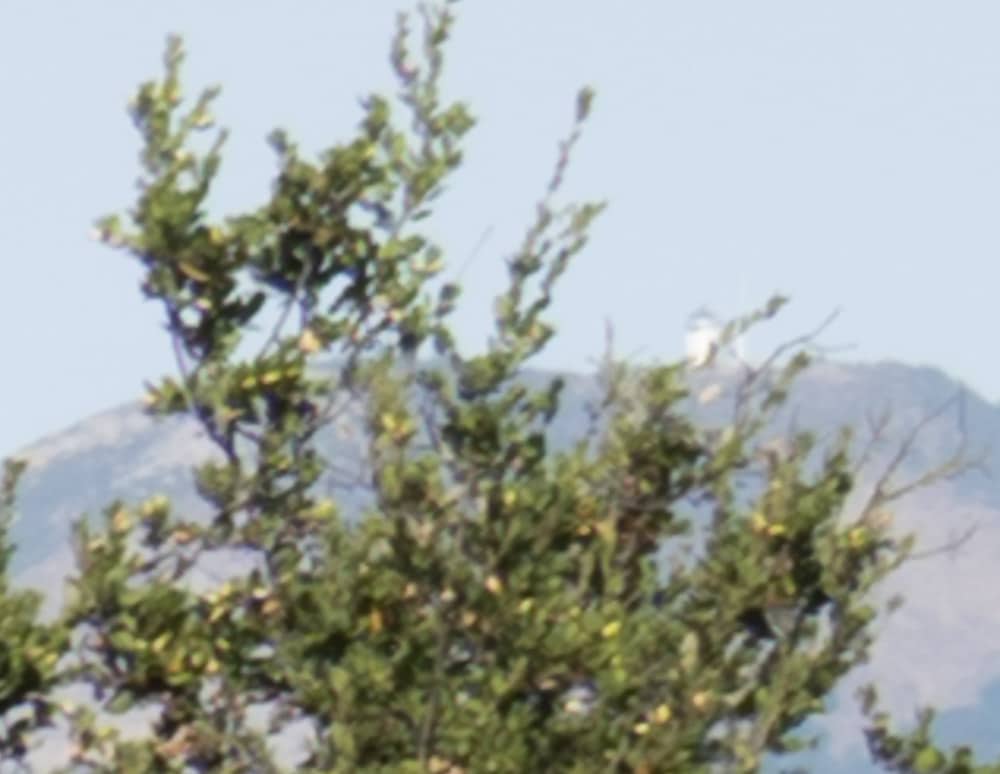
Tie.
I’ll be doing some tests with a tougher target, but from what I can see here, if you’ve already got the excellent E lens and don’t mind toting a bit more weight around, you should save y0ur money and give the S lens a pass.
S corners at f4 and beyond look out of focus, which is why f2.8 looks better than when stopping down. Which point were you focusing on when taking corner crops?
If the lens was focused using center point, it’s possible that due to aperture-related focus shift combined with field curvature corners get progressively worse as you stop down. In order to eliminate that, one has to focus using corner AF point and ideally while aperture is already closed. Is it possible to do that on Z7?
Focus for the corner shots was in the corner. Otherwise, the same part of the image wouldn’t be in the center of the crops.